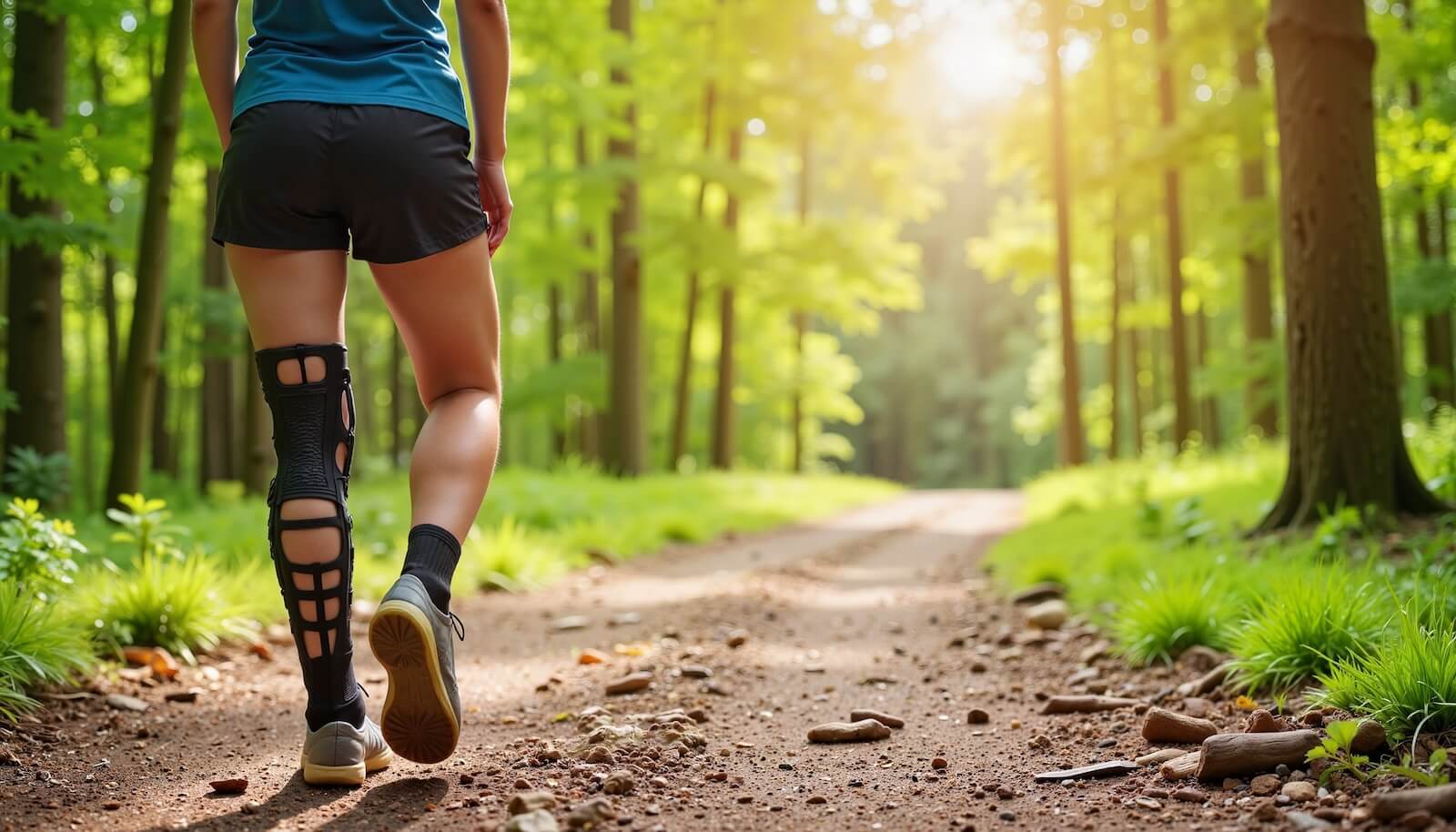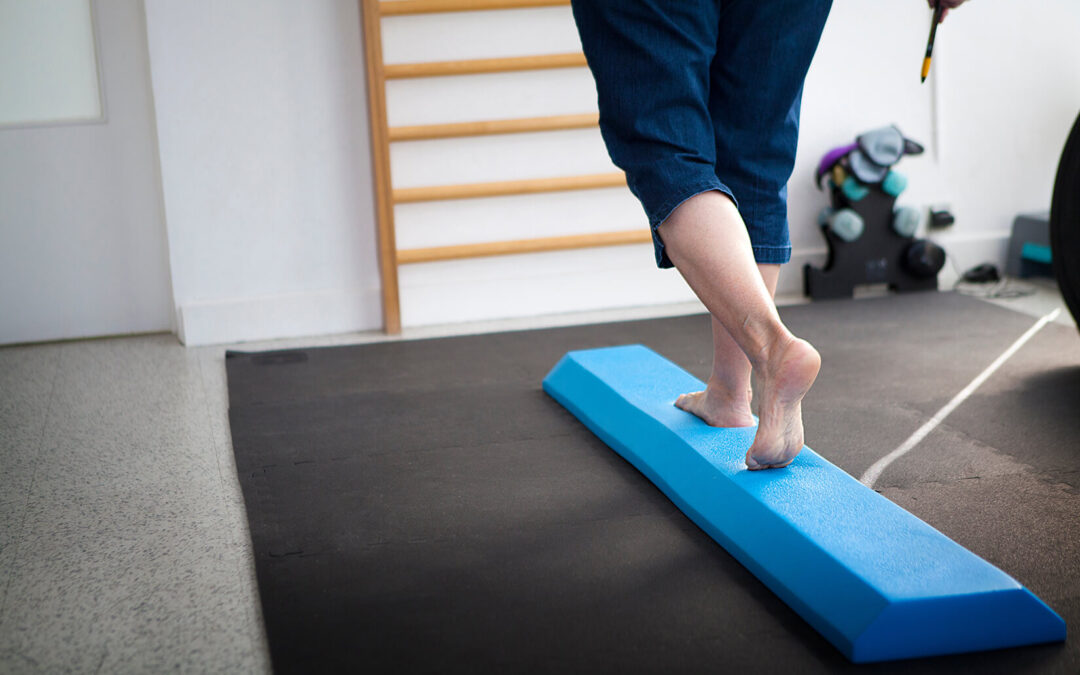Knee injuries can be a major setback for people of all ages, but especially for athletes. As most humans depend on their lower extremities for movement and carrying out daily tasks and activities, knee injuries can often be a debilitating and frustrating experience. Athletes engaging in running, jumping, or other knee-heavy sports activities may need to take time off to rest and recover, impacting their ability to participate and perform.
Although knee injuries require lots of rest, that doesn’t mean you must be completely sedentary in your recovery process. Participating in physical therapy for your knee injury and engaging in appropriate activity during recovery can speed up healing and optimize rehabilitation, leading to better performance upon your return to the sport. Here, we will discuss the importance of activity and movement for knee injury recovery and how movement and physical therapy impact your ability to make a full recovery.
The Importance of Physical Therapy for Knee Injuries
The knee comprises a bunch of ligaments, all impacting how we move — walking, running, jumping, squatting, twisting, and more. Because all of these ligaments are essential for movement, treating a specific knee injury can often require treatment of the other parts of the knee. For instance, a torn meniscus may require strengthening of the quadriceps and hamstrings to help improve a patient’s range of motion and stability in place of the injured meniscus. Physical therapists are trained to identify these interconnections of the knee and collaborate with patients to determine a treatment plan that facilitates a holistic approach, ensuring that the knee has the best possible chance of making a complete recovery.
Physical therapists can help patients achieve the following:
Increased range of motion: Physical therapists help patients increase their range of motion through gentle mobilization techniques and controlled movement, which is essential for regaining flexibility and preventing future injuries.
Stronger knee and leg muscles: Strengthening the muscles around the knee is essential for stabilizing the knee and reducing the risk of reinjury. Physical therapists can help patients strengthen their leg muscles for optimal recovery through exercises such as controlled squats, calf raises, or lunges.
Improved balance and coordination: Physical therapists can use therapeutic devices such as bosu balls, balance boards, or foam blocks to help patients work through balancing and coordination training to simulate the demands of walking, running, and jumping.
A better understanding of assistive devices: Assistive devices such as splints, braces, or crutches can help patients stay active and independent during recovery. However, they are only helpful if used properly. Physical therapists can help patients properly understand how to use their assistive devices, preventing further injury.
Exercises to Stay Active With a Knee Injury
When recovering from a knee injury, staying active — under the guidance of your physical therapist — is paramount for full recovery. While physical therapy offers a few different ways for you to participate in physical activity through stretching, exercise, and movement, your physical therapy may clear you for other activities, depending on your type of injury. Activities that include walking for long distances, running, or jumping are typically out of the question due to their high-impact nature. However, low-impact sports like swimming or cycling can help you meet your cardio goals while minimizing the stress and strain on your knee joints.
Before engaging in extra activity or exercise, make sure that you consult with your physical therapist to ensure that it doesn’t interfere with your physical therapy care plan. If approved, your physical therapy may recommend these low-impact exercises to keep you active:
Swimming or water aerobics: Swimming is a low-impact activity that is easy on the knees. When in water, buoyancy helps you stay afloat, minimizing gravitational impact on the knees. Swimming and water aerobics are an excellent alternative to running or sprinting, as they provide an opportunity to improve your cardiovascular fitness without impacting your knee’s structures or prolonging your healing and recovery process.
Cycling or elliptical training: Cycling or elliptical training can be a fantastic, low-impact alternative to running or squatting if you can bend your knees without pain. Cycling and elliptical training work out your glutes, calves, quadriceps, and cardiovascular system, allowing you to train important muscles as part of your overall knee recovery while maintaining your cardio workout schedule.
Upper body strength exercises: Depending on your form, squatting, pressing, or deadlifting can irritate the knee’s structures, but that doesn’t mean strength training is entirely out of the question. Training your upper body or lifting weights while seated can be a great adaptation to your typical weight training routine, minimizing increased stress and weight on your knees. Working with your physical therapist can provide insights on adapting your workouts further to train other body parts while maintaining proper knee injury rehabilitation practices.
Tips for Maintaining an Active Lifestyle
When sustaining a knee injury, staying motivated in your healing process can be challenging to navigate independently. You may feel okay enough to jump right back into your sport or typical day-to-day routine, causing more damage to an existing injury, or you might experience high pain levels that prevent you from engaging in any movement at all. Staying active during an injury can significantly improve your rehabilitation outcomes. However, it is essential to find balance — refraining from pushing yourself too much or too little. When maintaining an active lifestyle, remember the following:
- Start slowly and gradually increase your activity over time. Don’t push yourself too hard!
- Listen to your body and take breaks as needed. If you are experiencing higher pain levels during activity, dial it back and take a moment to recover.
- Wear supportive orthotics for a more comfortable experience.
- Use assistive devices as needed. When reintroducing yourself to sports, wear a compression sleeve to prevent swelling, or train with a brace or splint.
- Communicate with your physical therapist. Maintaining communication helps your physical therapist tailor your treatment plan to meet your needs and goals, keeping you healthy and motivated for the best possible recovery process.
Denver Total Physical Therapy — Your Partners in Active Knee Recovery
Staying active while recovering from a knee injury is essential for full recovery. Working with a physical therapist can help you create a safe and effective exercise plan that allows you to stay fit and active while preventing further injury or reinjury from recurring. Through open communication about your fitness and recovery goals, physical therapists can recommend activities such as swimming, cycling, and elliptical training to help you stay in shape while rehabilitating your knee.
As Denver’s premier physical therapy clinic, Total Physical Therapy offers tailored and personalized treatment plans to help patients of all backgrounds find relief, rehabilitation, and recovery from their injuries. Focusing on an all-encompassing approach, Total Physical Therapy treats patients at both the root and holistic levels, ensuring complete care and the best possible outcomes for recovery. For more information or to start your physical therapy journey, schedule an appointment online or call us at (303) 758-5060 today.




